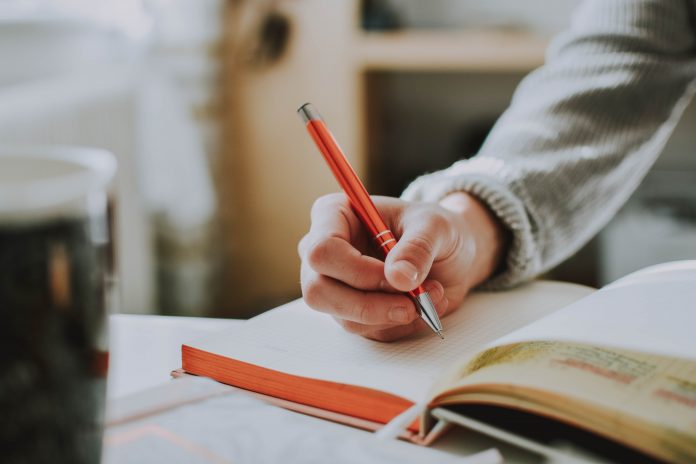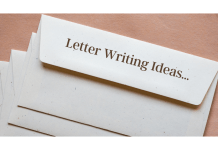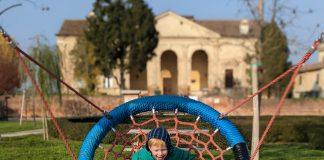The package was thick and heavy. I was torn between retreating someplace to immediately explore the contents or waiting until I was in a better frame of mind. I ended up looking at them a week after I returned home from the service. The envelope contained pictures from high school and letters that started when we attended different colleges.
Letters?
This was forty years ago. Obviously, there were telephones, but you used to have to pay for long distance phone calls, and it was expensive. So, absent the convenience of cell phones, email, texting, or social media to keep up with each other, we wrote letters – long ones – with astonishing frequency, certainly by today’s standards.
I had also kept my correspondence and was able to match up her responses, recreating our ongoing conversation over the four years we were away at our respective colleges.
The letters were newsy and a little bit gossipy (thankfully, not vindictively so, but I confess embarrassment at the vapidity of my twenty-year-old self). The things that occupied my mind and time were typical: boys, parties, and academics. Our conversations were a clear reminder that I valued and heavily relied on our friendship.
Side note: my handwriting and printing were awesome and incredibly neat for such long bouts of writing.
Back when it was the primary means of communication, letter writing was a big deal. A check with any period piece will bear this out; just ask Jane Austen or the Bronte Sisters.
The opening scene of the first episode of Downton Abbey puts the trajectory of the show in motion with one piece of correspondence. Indeed, many episodes are introduced with written correspondence bearing news to be digested along with breakfast.
And if you’ve not seen the movie Downton Abbey, the first four minutes are worth a watch as viewers are artfully taken through the journey of an important letter from writing to delivery.
Our study of history depends largely on people talking to each other via written correspondence.
As literacy rates climbed in the nineteenth century, beautiful cursive was the sign of education and good character. Daily letter writing was a matter of habit for those that could read and write.
Ken Burns’ documentary, The Civil War, effectively uses letters to drive the story. From soldier’s battlefield descriptions to mothers reluctantly sending their sons, husbands, and brothers off to war, hauntingly narrated letters take us through the bloodiest American war in history.
Unlike an email or text, letters are emotional and transportive.
Handwriting, much like fingerprints, is personal and unique.
My favorite correspondence from my father came early in life with an accordion postcard he sent me while in Vietnam. Not only was it the coolest thing I had ever seen, but—there were four of us, plus Mom—I felt special receiving something that was just for me. I enjoyed the occasion immediately, but the effort it took occurred to me much later in life.
Reading and re-reading letters from my husband brought me a tremendous amount of comfort. I imagined the scene as he wrote them, heard the words in his voice, felt frustration or satisfaction in his descriptions, and laughed out loud at his anecdotes. Looking forward to his letters helped me endure long separations and even all these years later, reading them is still a thrill.
With the death of my friend still fresh and raw, much like the letters from my husband, I’m comforted by her letters and remembering a carefree time, if only for a few moments.
“Never before have I written a letter this long, (or should I say a book?). I’m afraid that it is much too long to take your precious time. I can assure you that it would have been much shorter if I had been writing from a comfortable desk, but what else is there to do when you are alone for days in the dull monotony of a narrow jail cell other than write long letters, think strange thoughts, and pray long prayers?”











